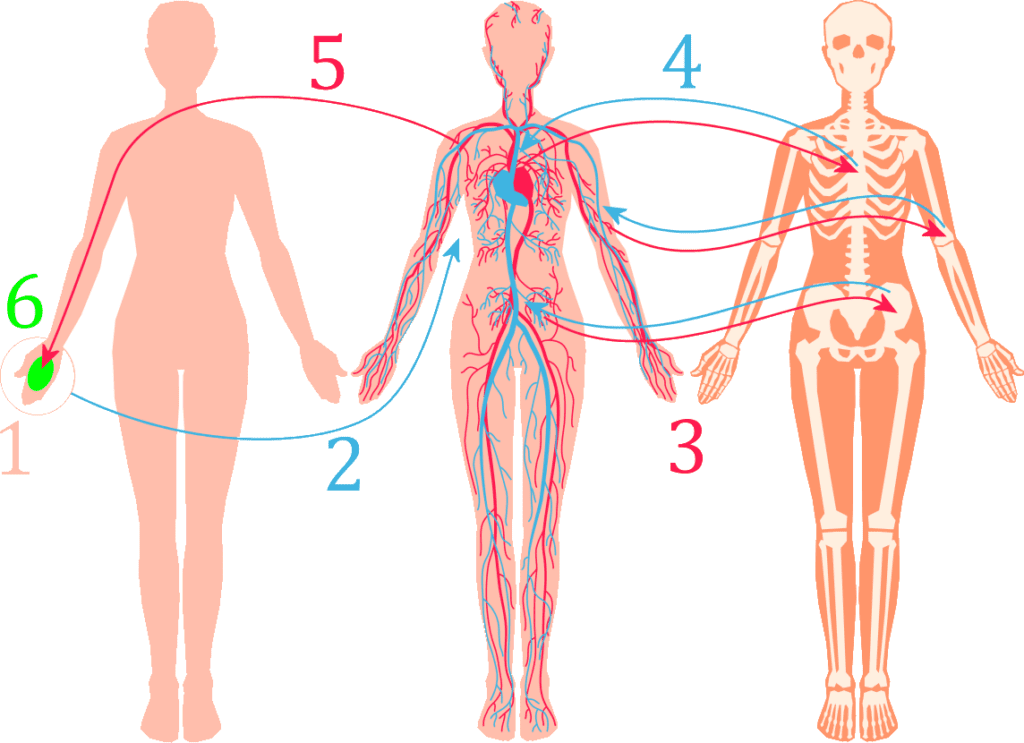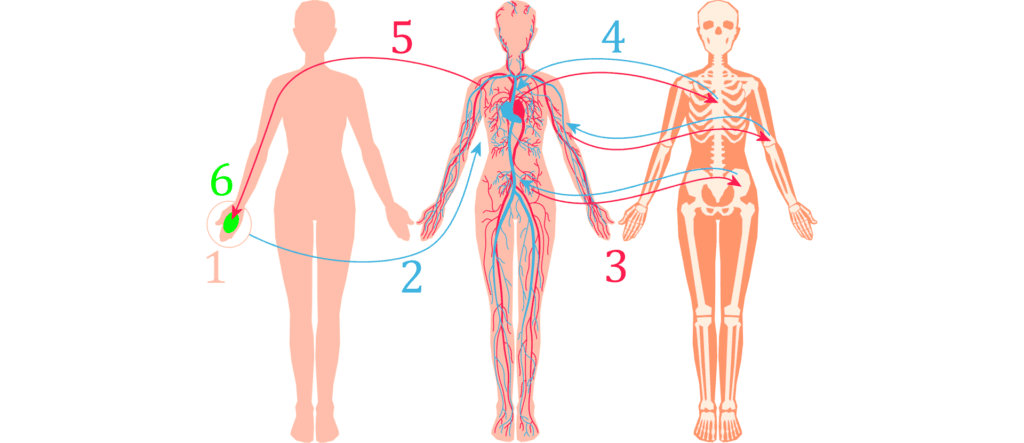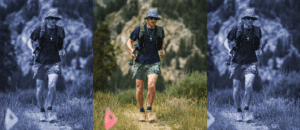This is the introduction to an upcoming series of discussions on the science behind new potential preventive Dupuytren treatments.
The guiding mission of the Dupuytren Research Group is to do what needs to be done to prevent and stop Dupuytren. Our goal is the conquest of Dupuytren. Dupuytren damages hands, but the main effort of the Dupuytren Research Group is blood. Why? Because the hands, feet, and shoulders are only local battlefields in the larger war of Dupuytren.
Wars are often described in terms of strategies (plans) and tactics (actions). The first step to victory in war – before any plans or actions – is to understand the enemy, the reasons for its actions, where it is, what it does. Understanding begins with measurement, as the ancient Chinese military strategist Sun-Tzu wrote in The Art of War: “In respect of the Art of War, we have: firstly, Measurement; secondly, Estimation of quantity; thirdly, Calculation; fourthly, Balancing of chances; fifthly, Victory.”
One challenge of measurement is knowing what and where to measure. For Dupuytren, the standard measurement is finger joint angles. Are the fingers bent? How bent are they? Dupuytren finger joint measurements have known technical problems: https://youtu.be/deJJtpYEy1k. More importantly, finger joint angles are the wrong target for Dupuytren. Bent fingers are the consequence, not the cause. The progress we need is prevention, not reaction. We need to understand what happens long before Dupuytren damages the hand and bends the fingers.
What is going on in early Dupuytren before scar tissue bends fingers? Quite a bit. It has to do with the normal repair and maintenance mechanisms of the body. Our hands are tough and we’re tough on them. We’re generally unaware of the strain we put on our hands in normal daily activities of grasping, gripping, and holding. Our bodies have normal maintenance mechanisms to deal with this seamlessly, forming calluses when we need them, repairing microscopic injuries that we don’t even notice.
Here’s how one maintenance system works, a cycle with six steps:
- Mechanical stresses and injuries of the palm trigger local responses.
- Tissues respond by releasing special proteins called chemoattractants. Chemoattractants act like distress signals and homing beacons. They are released into the blood, carried away from the tissues in the veins.
- These chemoattractants circulate in the blood through the entire body.
- When chemoattractants pass through bone marrow, they signal special repair cells stored there to be deployed from the bone marrow into the bloodstream.
- These repair cells circulate in the blood through the entire body.
- When these repair cells circulate through blood vessels in the tissues releasing the chemoattractants, the cells stop, exit the bloodstream, and enter those tissues. They accumulate, repair and remodel whatever problems they find. Once repairs are complete, the entire process shuts down.
This routine maintenance runs on a small scale with normal wear and tear, and on large scale with major injuries. The blood plays a key role as this cycle is triggered, it runs its course, and it shuts down. In Dupuytren disease, this entire process is activated, exaggerated, and prolonged. To conquer Dupuytren, we need to know why this happens.
Most Dupuytren research has measured only the last step of this cycle: what happens to the palm after this process has been out of balance for a long time. We need to measure the rest of this process to find out where and why the system gets out of balance in the first place. Are the palm tissues crying wolf with chemoattractants? Is the bone marrow overreacting? Are the repair cells too active or are they just overstaying their welcome? How can the system be corrected without preventing it from working normally and without making people sick?
Dupuytren is a systems biology disease, which means there are multiple contributing factors, a war on many fronts. We know a lot about the battle of the palm. We know very little about the rest of the war.
The blood plays a critical role in Dupuytren. We need to measure these blood pathways in order to understand them. That’s why the goal of the International Dupuytren Data Bank is to study the blood of people affected by Dupuytren disease. It will form the basis for the strategy and tactics to win the war on Dupuytren.






